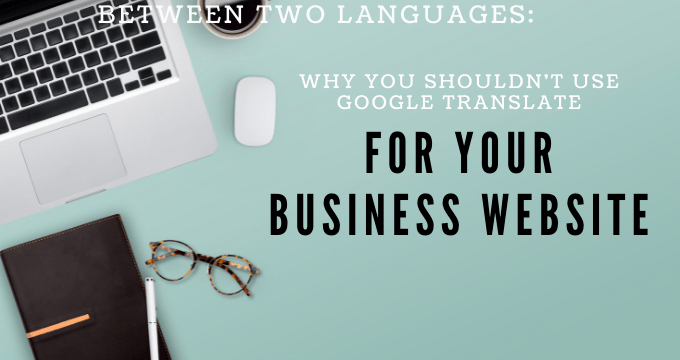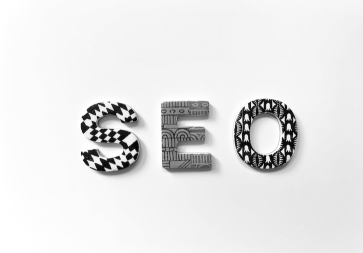Machine Translation (MT) is more popular than ever with many organizations heavily relying on Google Translate to access the global market.
Since its creation, Google Translate has proved to be a valuable method of translation. Similar to a Statistical Machine Translation (SMT), a Neural Machine Translation (NMT) model such as Google Translate is trained to analyze vast amounts of data and deliver fast results.
Built on a neural network, it also has a capacity to learn, in other words, translate from and into languages for which it was not originally designed. While over the years this has improved its accuracy and fluency, it can still only be considered a standard solution for website translation.
This is because creating website content is an elaborate process that requires excellent language skills and in-depth knowledge of technical jargon and different business processes. Unlike Google Translate, a website translation agency will not only rely on the expertise of the translators but also on the advice of creative writers who will be able to interpret and adapt the words and phrases to fit the style of the different languages and cultures.
To illustrate this further, here are a number of factors that website translation services will consider to ensure that your website functions just as well in the translated language as in the original text.
Aesthetics
There are many different elements that go into designing and building a website. A web page conveys a great deal of information and this is done using multiple file documents including InDesign files and PDFs. As Google Translate won’t be able to read such files, precious time will be wasted copying and pasting the source text in a suitable format before it can be translated. A translation team, on the other hand, will have extensive experience working on document translation and will know how to produce the highest quality translations, no matter how complex or challenging the original format may be.
Content
Website content comes in various forms, from blog posts and articles to testimonials and white papers. While the language used is simple and clear, it often incorporates innovative words and expressions that require a subjective interpretation rather than a word-for-word translation.
This leads Google Translate to make significant errors that a human translator would never make. Unlike Google Translate, a human translator can adopt a holistic view of the website. This means they can ensure the intended meaning is communicated in the same precise and persuasive manner as the original text.
Usability
When creating a website, its structure should also be taken into consideration as this can significantly impact the length of time that a customer spends on your website and whether or not they click on any pages. A call to action is a button that should match the customer’s intent and help them navigate through the website. This kind of translation requires a strategic thought process that can’t be easily replicated by a machine. For example, if your particular product is an English word, Google Translate will translate the name directly without trying to make sense of it.
Visibility
Websites are an incredibly useful tool as they allow you to expand and approach a wider market. However, for a customer to find your website in the first place, it needs to be visible on search engines. This is where SEO (search engine optimization) can make all the difference to your content strategy and where machine-based translation applications such as Google Translate fall short. It is well documented that Google indexes high-quality content at the top of the search engine.
However, if a website contains significant flaws such as poor translation, it could be penalized. While it seems unfair that Google has created an application that is a hindrance rather than an asset in terms of SEO, it also speaks volumes about Google Translate. Simply put, it begs the question of whether it was designed to feature on a website in the first place.
Creating a multilingual website without the necessary expertise can be challenging, costly, and time-consuming. Yet, there is specific content that under the correct conditions benefits from a machine translation. To learn more please read A Guide to Finding the Right Translation Service For Your Needs or contact us for your FREE quote to get you started on your journey.




